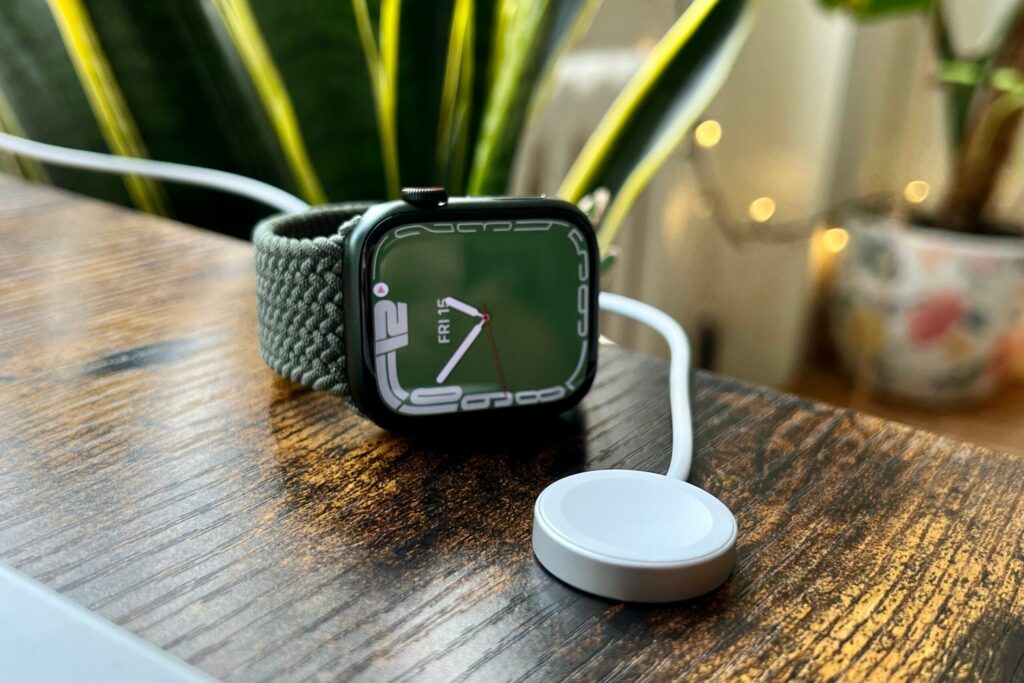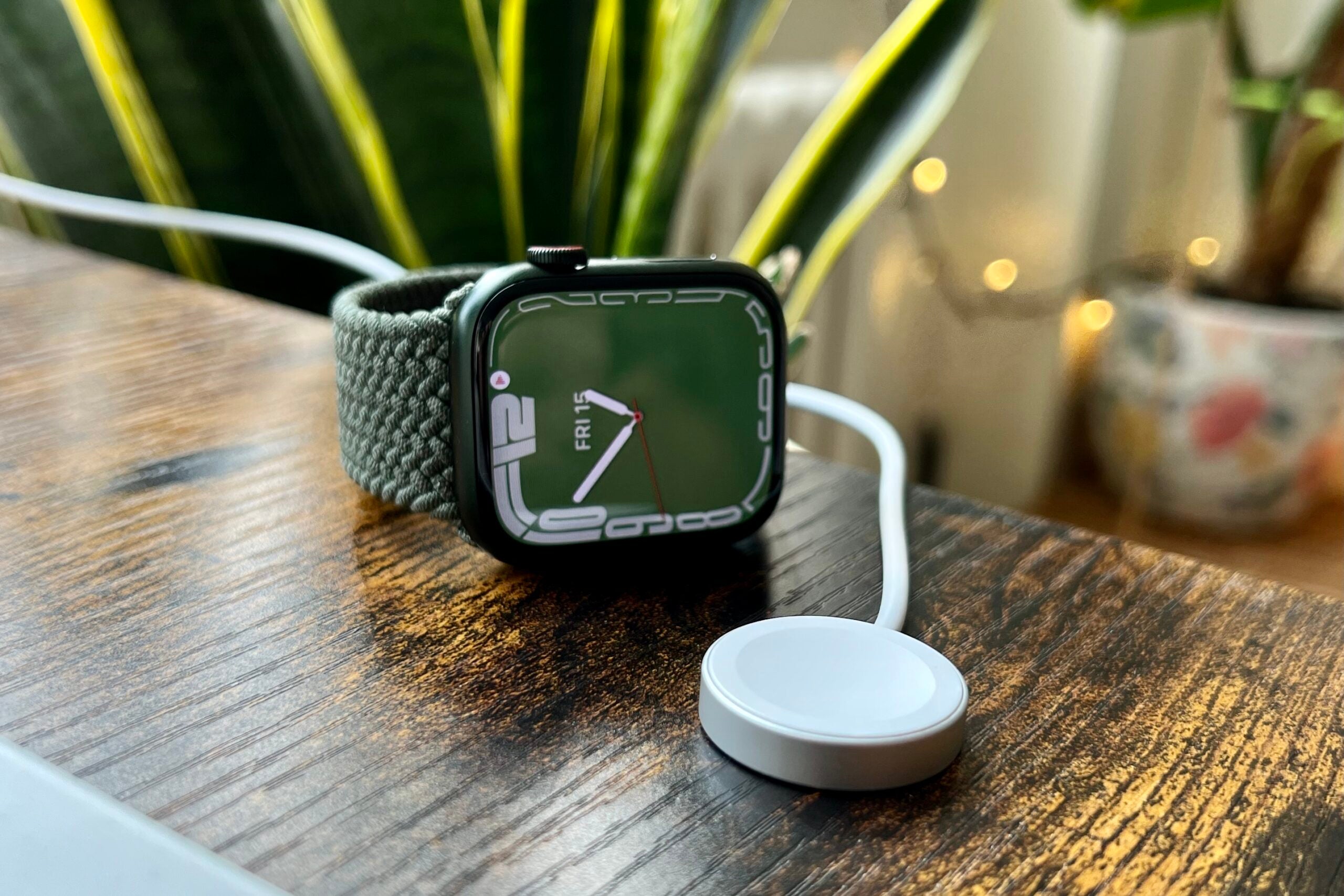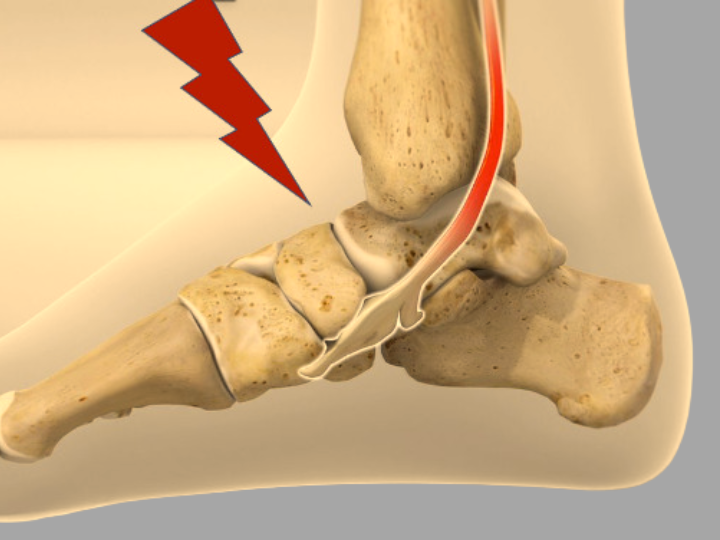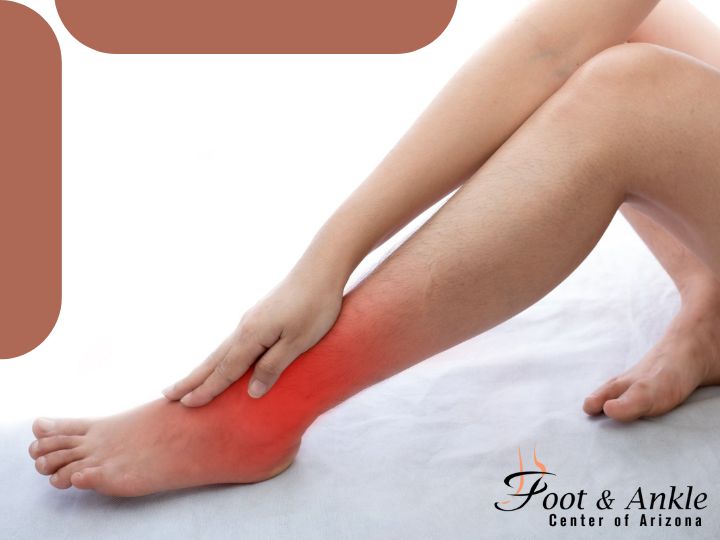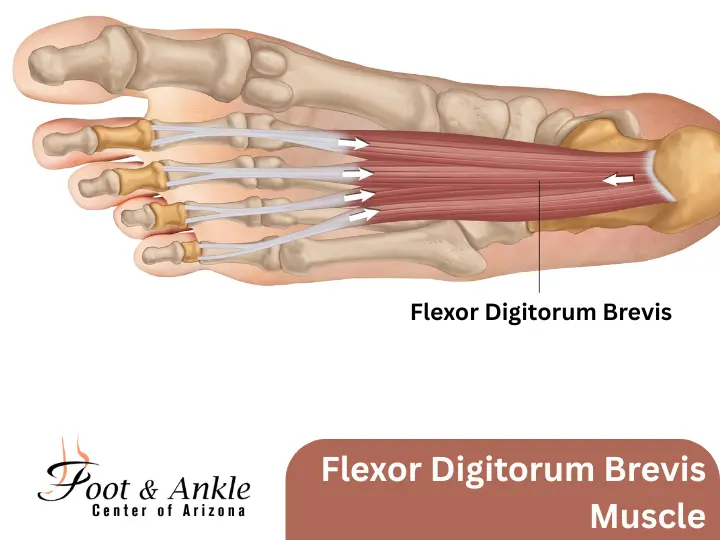The Wearable Future Comes to Medical Practices
Wearable Future For Doctors, Smart glasses and other wearable technologies could become as ubiquitous in the exam room as a stethoscope or blood pressure cuff, giving doctors not only another tool to deliver quality care but helping to bolster their personal connections with patients.
“There is a real phenomenon that doctors feel they’re staring at screens and not making eye contact with patients. But [wearable devices] could free you up so you can be more efficient and be more present with the patient while you do your work,” says Joseph C. Kvedar, MD, vice president of Connected Health at Partners HeathCare, a health IT consulting firm. “And we know that better relationships with patients almost always correlate to better outcomes for the patients.”
Indeed, wearable technologies are already making inroads in medicine, says Steve Collens, chief executive officer of MATTER, a Chicago-based incubator for innovators and entrepreneurs in healthcare. “It wouldn’t surprise me at all if in five years the majority of doctors are using wearables in their day-to-day practices. I don’t know what that will be yet, but I have no doubt it will be coming soon,” he says.
Leading the pack of contender wearable devices are smart glasses and head-mounted devices. Some of these tools give clinicians access to medical records, patient vital signs or medical instructions right in their fields of view, so they don’t have to look away from their patients to search for information using a keyboard.
Other smart glasses offer two-way audio and visual capabilities, allowing a healthcare provider in one location to consult with a clinician elsewhere who can see and hear everything the treating physician can.
These wearables are already available, and others are coming soon, says Angela McIntyre, a research director at research firm Gartner Inc. who covers wearable electronics. As an example, she points to Vocera Communication Badge, a hands-free device that enables secure communications either one-to-one or one-to-many in healthcare settings such as medical offices and hospitals.
She also cites identification badges equipped with radio-frequency identification technologies that allow scanners in clinical settings to record automatically clinicians performing certain routine tasks such as patient checks.
Analysts, doctors and industry leaders stress that the integration of wearables into clinical practices is only in its infancy. “You don’t hear about wide deployment. You hear about a couple of doctors putting something together, but I think those pilots are getting bigger,” McIntyre says.
Pilot Programs
One such pilot comes from Third Eye Health, a Chicago-based company founded in 2014. Among its products are smart glasses and smart watches that can transmit video and text in real time in a secure, HIPAA-compliant fashion.
Company CEO Dan Herbstman says Chicago-
area Northwestern Medicine has some of its paramedics in the field using smart glasses containing Third Eye Health software to consult with hospital-based specialists about best possible treatments for stroke patients.
“You can really provide a remote person with a first-person view of what you’re doing, and it keeps your hands free to keep continuing care,” Herbstman says.
Harish Shownkeen, MD, medical director of the neurovascular and stroke program at Northwestern Medicine, was part of a team of doctors and emergency workers piloting Third Eye Health software this year. According to Shownkeen, the team wants to better evaluate stroke patients in the critical first minutes of medical care.
He explains that EMS workers use an emergency scale to evaluate stroke patients in the field, but neurologists have a much more detailed evaluation process that can better determine the severity of a stroke in progress, and thus the level of emergency treatment needed. “We could be virtually present when the paramedics pick up stroke patients,” Shownkeen says.
That makes a significant
difference in delivering care for a situation where minutes really matter to the potential outcome. Shownkeen points to a recent case where the neurologist evaluated the patient while EMS workers were treating him in the field, determined that the stroke was severe and prescribed an intravenous clot-busting drug.
That drug was prepped in the hospital while EMS was transporting the patient; as a result, the patient received the drug 23 minutes after arriving, well within the recommended standard of 60 minutes.
Shownkeen expects that the pilot program will be expanded so that EMS employees can use the technology to treat patients with other conditions. He says the healthcare team favors using the tablet, which hangs around the EMS worker’s neck and rests on his or her chest, because it provides a better, continuous view of patients. In contrast, smart glasses would pan away from patients when the EMS workers turned to look at monitors or other people.
Challenges
Experts say that expanding wearables beyond the testing phase won’t be easy, because there are numerous challenges to incorporating them into the clinical arena. The first challenge is developing more technologies that have proven reliable in real-world applications, Collens says. Determining who will pay for these technologies is the second big hurdle, he adds.
Technological and infrastructure challenges also abound, McIntyre says. Clinicians will have to integrate these technologies with other systems while also ensuring that they’re secure and compliant with HIPAA and other regulatory requirements. Users also have to ensure that they have the infrastructure required to support wearables, notably secure Wi-Fi capabilities and sufficient network bandwidth.
Meanwhile, vendors will need to demonstrate that their wearables are rugged enough to withstand the medical environment and can be sterilized without damage. And providers will have to adjust their workflow process to accommodate wearables and whatever increased data they pull into the doctors’ records.
Gerry Tolbert, MD, a family physician practicing in Kentucky who writes about technology in medicine, tested Google Glass equipped with medical software in his practice and predicts wearables will become a regular part of medical practices in the next five to 10 years. He says he enjoyed using the smart glasses because it allowed him to see patient information and still interact directly with patients even though the technology is still immature, meaning that the technology must still evolve to the point where it’s easier to use to seamlessly incorporate into workflow.
Still, he says clinicians should be interested in trying out wearables when feasible, to help ensure vendors develop these products in ways that provide benefits to doctors and their staffs.
Tolbert says that once that happens, and vendors get the software and hardware to a point where the devices offer improved efficiencies, accuracies, diagnoses and other specific gains, clinicians will purchase them. “The adoption rate is high when the benefits are high,” he says.
http://medicaleconomics.modernmedicine.com/medical-economics/news/wearable-future-comes-medical-practices?page=0,2
For more on Google Glass…
Medical student’s startup uses Google Glass to improve patient-physician relationship
On a break from medical school, Pelu Tran makes Forbes list of 30-under-30 as a health-care entrepreneur.
https://med.stanford.edu/news/all-news/2015/02/medical-students-startup-uses-google-glass.html
http://www.extremenetworks.com/how-google-glass-will-transform-healthcare/
